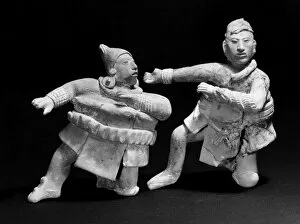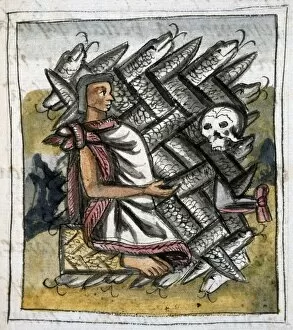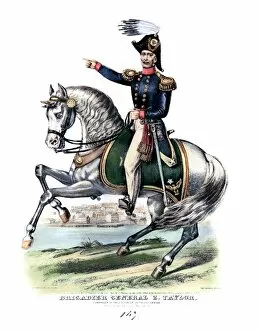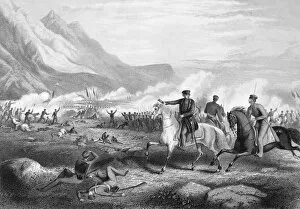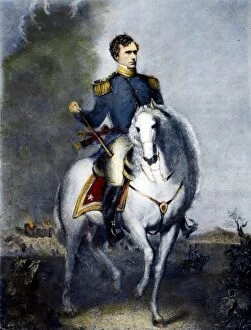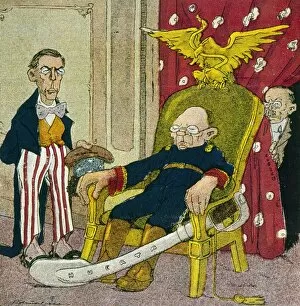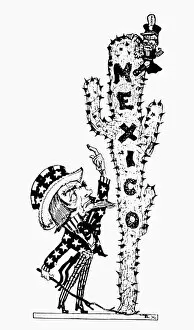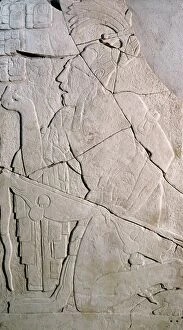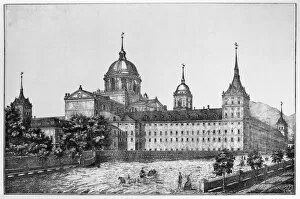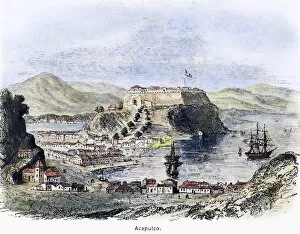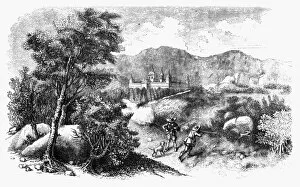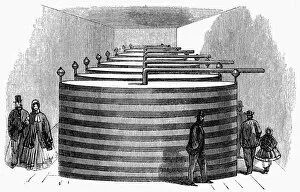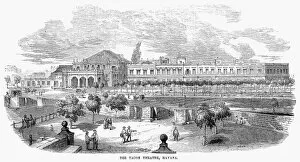Mesoamerica Collection (#27)
Mesoamerica: A Tapestry of History and Resilience From the ancient civilizations that thrived in Mesoamerica to the modern-day struggles for justice
For sale as Licensed Images
Choose your image, Select your licence and Download the media
Mesoamerica: A Tapestry of History and Resilience From the ancient civilizations that thrived in Mesoamerica to the modern-day struggles for justice, this region has witnessed remarkable events that have shaped its vibrant tapestry. In 1968, during the Olympic Games held in Mexico City, American runners Tommie Smith and John Carlos boldly raised their fists in a Black Power salute during the medal ceremonies. Their powerful gesture resonated worldwide, while Australian Peter Norman stood beside them wearing an OPHR badge, displaying solidarity against racial inequality. Diego Rivera's murals at the Ministry of Public Education capture both the solemnity and celebration of Mesoamerican culture. His mural depicting "Day of the Dead" showcases a rich tradition where life and death intertwine harmoniously. Another masterpiece portrays pre-Columbian life, specifically highlighting Zapotec civilization's contributions to Mexican heritage. The colored woodcut from 1556 offers a glimpse into Tenochtitlan (now Mexico City) at the time of Spanish conquest—a city brimming with architectural marvels and cultural richness that would forever be altered by European colonization. The cry for revolution echoed through Miguel Hidalgo's call to revolt on September 16th, 1810—the spark igniting Mexico's fight for independence. Juan O Gorman immortalized this historic moment in his mural capturing Hidalgo's impassioned plea. Mexican kitchens have long been hubs of culinary artistry and cultural preservation. An unknown artist beautifully depicts two women diligently working amidst pots and pans—an ode to their invaluable role in sustaining traditions. Rivera also pays tribute to educators with his portrayal of "The Rural School Teacher. " This mural symbolizes education as a catalyst for progress—empowering generations with knowledge and shaping brighter futures. Francisco Pancho Villa emerges as an indomitable figure within Mexican history—a revolutionary leader who fought tirelessly alongside his military staff during the Mexican Revolution.

